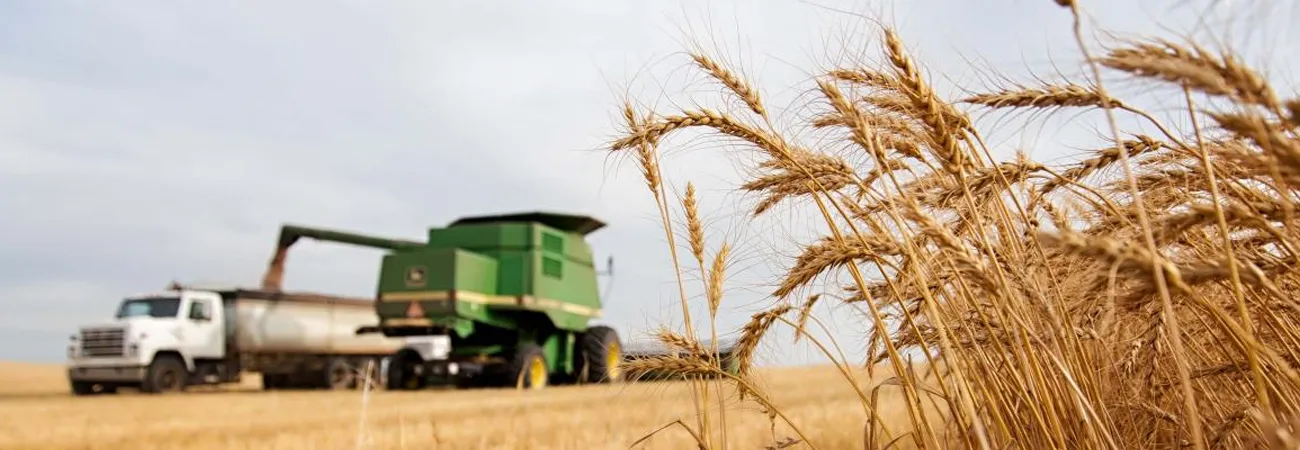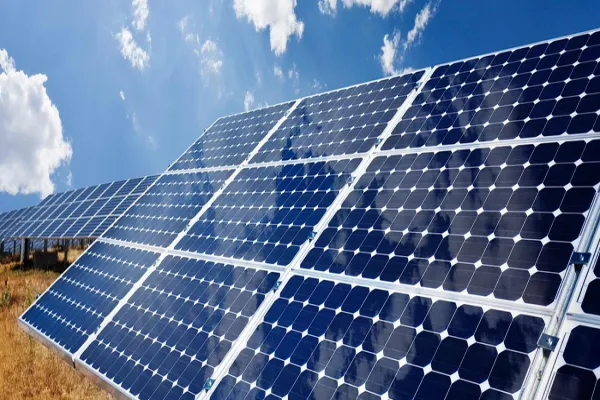i ECONOMY
The Sindh government has launched an agricultural transformation project to help tackle the rising levels of poverty in the province, particularly in its rural areas. “The ‘Sindh Water and Agricultural Productivity Project’ focuses on improving irrigation water delivery and implementing on-farm enhancements. Higher agricultural water productivity would allow farmers to make more money with the same quantity of water, potentially freeing water for other uses,” according to Riaz Hussain, director of the Sindh Food Department. He said farmer organisations would be formed to improve agricultural water productivity in parts of Sindh.
The project will also support legal and policy changes to allow for more integrated and participatory management of Sindh’s limited water resources following the principles of integrated water resources management, he said, adding the project would also support small and medium-sized farmers in recovering from the 2022 floods via cash transfers.
“A restored agricultural production system after the flooding will lay the foundation for future transformation in the sector.” Riaz Hussain said that the project would directly benefit up to 385,000 households (approximately 1.9 million people).
“An estimated 99% of these households are either small- or medium-sized farmers (have less than 25 acres or 10 hectares of land) with generally low incomes. These households also provide significant employment for landless agricultural workers, who disproportionately fall below the poverty line. The project targets small- and medium-sized farmers to ensure they can participate equitably and benefit from the project,” the food department director explained.
A recent World Bank report reveals the high incidence of poverty in Pakistan, particularly in the Sindh province.
The report discloses that 950 million Pakistanis are living below the poverty line. The deteriorating economic conditions, especially in rural parts of Sindh, have been amplified by the devastating floods in 2022, pushing more people below the poverty line.
About 37% of the rural population in Sindh lives below the poverty line, and the rate is even higher in flood-hit districts, which also experience some of the country’s highest stunting rates. The agriculture and food sector — the backbone of Sindh’s economy — has been devastated by the 2022 floods. Without support for recovery in the sector, jobs and livelihoods could be impacted in the short term, and food security in the long term. According to a report from the Sindh Agriculture Department, the floods destroyed 4.4 million acres of agricultural land and damaged the irrigation and flood protection systems, serving over half a million farmers on 5.1 million hectares of farmland. Over 530 irrigation and 230 drainage systems, representing an estimated 7,300 kilometres of canals, have also been destroyed. Approximately 90 flood protection structures were washed away, leaving agricultural land and millions of households vulnerable to future deluges.
Most farmers have lost their crops and their incomes. Many of them have fallen further into debt as they often rely on credit at the start of the season for the purchase of agricultural inputs such as seeds, fertilizers and land preparation. Many small farmers also rely on their crop production to help meet household food needs. The widespread destruction of crops and loss of livestock is putting cumulative pressure on food security in Sindh.
Credit: Independent News Pakistan (INP)








